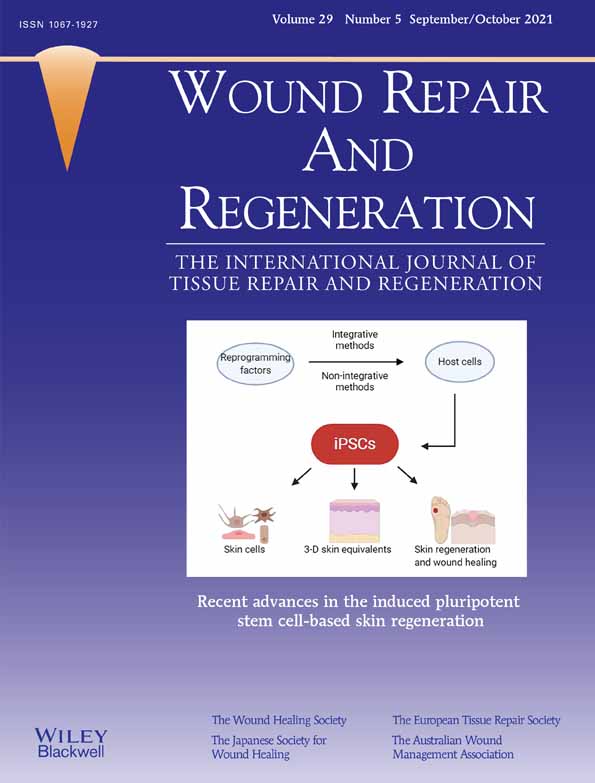Stimulation of toll-like receptor pathways by burn eschar tissue as a possible mechanism for hypertrophic scarring
Funding information: Alberta Innovates Health Solutions- Summer Studentship; Edmonton Civic Employees’ Charitable Assistance Fund; Firefighter Burn Trust Fund; University of Alberta Hospital Foundation
Abstract
Hypertrophic scars (HTS) are a common complication following burn injuries with prolonged inflammation. They do not respond well to current treatment options including mechanical, biomolecular and surgical therapies. Toll-like receptor (TLR) 2 and 4 respond to microbes and damaged endogenous ligands to trigger pro-inflammatory pathways, and they are expressed more in HTS fibroblasts compared to normal skin fibroblasts. TLR2 responds to microbial lipoteichoic acid (LTA) while TLR4 responds to microbial lipopolysaccharide (LPS) and endogenous ligands. We investigated the role of burn tissue and small leucine-rich proteoglycans (decorin and biglycan) in the stimulation of TLR2 and TLR4 pathways using cells stably transfected with TLR2 or TLR4 linked to a reporter system. Normal skin (n = 5) was collected post-abdominoplasty, and burn eschar samples (n = 18) were collected from 18 patients between 0 and 14 days post-burn. We found that burn tissue stimulates TLR2 activity significantly more than normal tissue and contains significantly higher levels of LTA. Burn tissue was a stronger stimulator of TLR4 than was normal skin. Burn tissue samples' stimulation of TLR4 and TLR2 correlated. The time post-burn (0–14 days) of wound tissue sampling correlated positively but moderately with TLR2 and TLR4 simulation. In comparison to the dose-dependent effects of natural decorin or biglycan on TLR4 activation, their denatured forms exhibited stronger or weaker stimulation, respectively. They were not potent stimulators of TLR2. TLR2 and TLR4 stimulation is not limited to bacteria in wounds and likely involves multiple endogenous damage-associated molecular patterns. Insight into mechanisms of HTS will facilitate the development of future targeted therapies to modify wound progression and provide benefits to patients suffering with HTS and other fibroproliferative disorders.
CONFLICT OF INTEREST
The authors listed in this manuscript certify that there is no conflict of interest in the subject matter discussed in this manuscript.




